The Critical Care Diagnostics Market is expected to register a CAGR of 6.2% from 2025 to 2031, with a market size expanding from US$ XX million in 2024 to US$ XX Million by 2031.
The report is segmented by Type (Routine & Special Chemistry, Flow Cytometry, Hematology, Immunoproteins, Microbial & Infectious Disease, Coagulation Testing, Others). Futher, it is segmented based on End Use (Operation Room, Intensive Care Unit, Emergency Rooms, Others). The global analysis is further broken-down at regional level and major countries. The report offers the value in USD for the above analysis and segments.
Purpose of the Report
The report Critical Care Diagnostics Market by The Insight Partners aims to describe the present landscape and future growth, top driving factors, challenges, and opportunities. This will provide insights to various business stakeholders, such as:
- Technology Providers/Manufacturers: To understand the evolving market dynamics and know the potential growth opportunities, enabling them to make informed strategic decisions.
- Investors: To conduct a comprehensive trend analysis regarding the market growth rate, market financial projections, and opportunities that exist across the value chain.
- Regulatory bodies: To regulate policies and police activities in the market with the aim of minimizing abuse, preserving investor trust and confidence, and upholding the integrity and stability of the market.
Critical Care Diagnostics Market Segmentation
Type
- Routine & Special Chemistry
- Flow Cytometry
- Hematology
- Immunoproteins
- Microbial & Infectious Disease
- Coagulation Testing
End Use
- Operation Room
- Intensive Care Unit
- Emergency Rooms
You will get customization on any report - free of charge - including parts of this report, or country-level analysis, Excel Data pack, as well as avail great offers and discounts for start-ups & universities
Critical Care Diagnostics Market: Strategic Insights
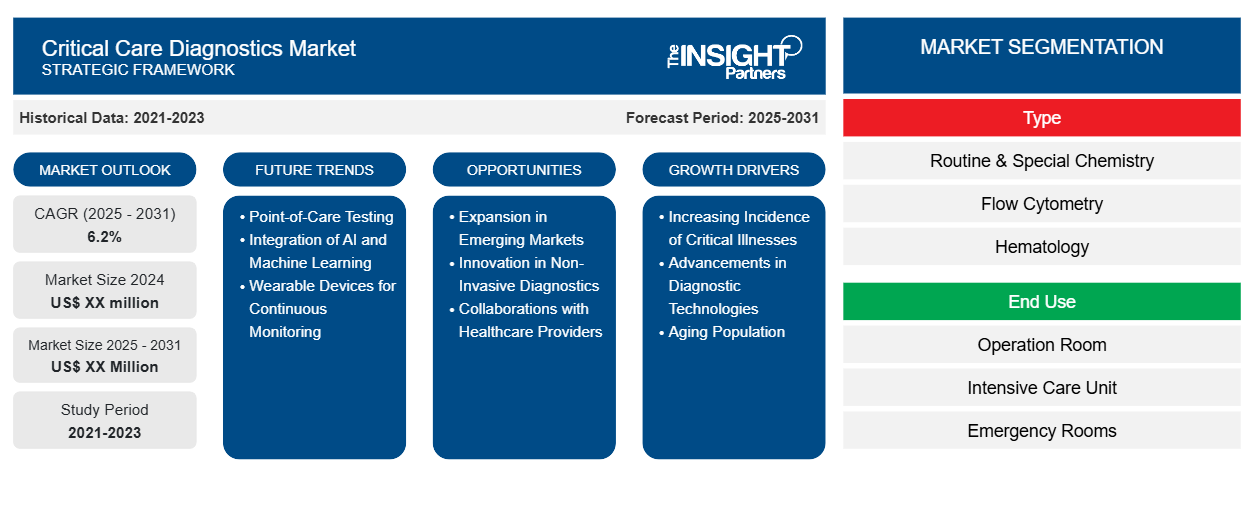
-
Get Top Key Market Trends of this report.This FREE sample will include data analysis, ranging from market trends to estimates and forecasts.
Critical Care Diagnostics Market Growth Drivers
- Increasing Incidence of Critical Illnesses: The rising prevalence of life-threatening conditions such as heart disease, respiratory disorders, and trauma is driving the demand for critical care diagnostics. Early detection through advanced diagnostic tools is crucial for improving patient outcomes in critical care settings.
- Advancements in Diagnostic Technologies: Innovations in diagnostic technologies, such as point-of-care testing, biomarkers, and imaging devices, are enhancing the accuracy and speed of diagnosing critical illnesses. These advancements contribute to better patient management and treatment outcomes in intensive care units (ICUs).
- Aging Population: The global aging population is more prone to critical health conditions, leading to an increased need for critical care diagnostics. As older adults require intensive medical care, the market for diagnostic tools in critical care settings continues to grow.
Critical Care Diagnostics Market Future Trends
- Point-of-Care Testing: Point-of-care diagnostic solutions are gaining popularity in critical care settings due to their ability to provide rapid results, reduce patient wait times, and improve decision-making in emergencies. These tools are becoming a staple in ICUs and emergency departments.
- Integration of AI and Machine Learning: The integration of artificial intelligence (AI) and machine learning into diagnostic tools is improving diagnostic accuracy and decision-making in critical care. AI-powered diagnostic systems help clinicians detect patterns and predict patient outcomes more effectively.
- Wearable Devices for Continuous Monitoring: The trend towards wearable diagnostic devices for continuous patient monitoring in critical care is gaining traction. These devices allow for real-time tracking of vital signs, improving patient management and reducing the need for frequent manual checks.
Critical Care Diagnostics Market Opportunities
- Expansion in Emerging Markets: The increasing healthcare investments in emerging economies present opportunities for diagnostic companies to expand their critical care diagnostic solutions. These markets offer growth potential due to improving healthcare infrastructure.
- Innovation in Non-Invasive Diagnostics: There is significant opportunity in the development of non-invasive diagnostic solutions, such as breath analyzers and skin-based sensors. These devices can provide rapid and accurate diagnoses without the need for invasive procedures, benefiting patients and healthcare providers alike.
- Collaborations with Healthcare Providers: Strategic partnerships with hospitals and healthcare systems can provide diagnostic companies with opportunities to integrate their solutions into critical care workflows. This collaboration can enhance product adoption and boost market penetration.
Critical Care Diagnostics Market Regional Insights
The regional trends and factors influencing the Critical Care Diagnostics Market throughout the forecast period have been thoroughly explained by the analysts at The Insight Partners. This section also discusses Critical Care Diagnostics Market segments and geography across North America, Europe, Asia Pacific, Middle East and Africa, and South and Central America.
Critical Care Diagnostics Market Report Scope
| Report Attribute | Details |
|---|---|
| Market size in 2024 | US$ XX million |
| Market Size by 2031 | US$ XX Million |
| Global CAGR (2025 - 2031) | 6.2% |
| Historical Data | 2021-2023 |
| Forecast period | 2025-2031 |
| Segments Covered |
By Type
|
| Regions and Countries Covered |
North America
|
| Market leaders and key company profiles |
|
Critical Care Diagnostics Market Players Density: Understanding Its Impact on Business Dynamics
The Critical Care Diagnostics Market is growing rapidly, driven by increasing end-user demand due to factors such as evolving consumer preferences, technological advancements, and greater awareness of the product's benefits. As demand rises, businesses are expanding their offerings, innovating to meet consumer needs, and capitalizing on emerging trends, which further fuels market growth.
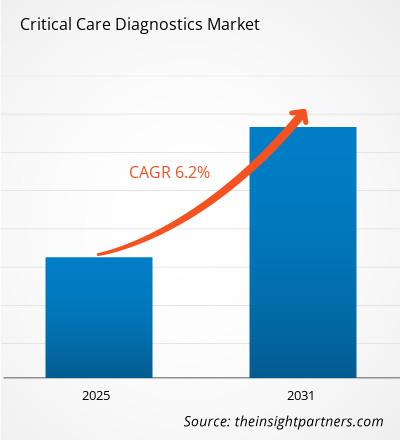
- Get the Critical Care Diagnostics Market top key players overview
Key Selling Points
- Comprehensive Coverage: The report comprehensively covers the analysis of products, services, types, and end users of the Critical Care Diagnostics Market, providing a holistic landscape.
- Expert Analysis: The report is compiled based on the in-depth understanding of industry experts and analysts.
- Up-to-date Information: The report assures business relevance due to its coverage of recent information and data trends.
- Customization Options: This report can be customized to cater to specific client requirements and suit the business strategies aptly.
The research report on the Critical Care Diagnostics Market can, therefore, help spearhead the trail of decoding and understanding the industry scenario and growth prospects. Although there can be a few valid concerns, the overall benefits of this report tend to outweigh the disadvantages.
Frequently Asked Questions
Who are the prominent players in critical care diagnostics market?
Which is the fastest growing region in critical care diagnostics market?
Which region accounts for highest revenue share in critical care diagnostics market?
What years does this critical care diagnostics market cover?
At what CAGR the critical care diagnostics market is projected to grow?
Which are the major driver boosting the critical care diagnostics market growth?
1. Increasing Incidence of Critical Illnesses.
2. Advancements in Diagnostic Technologies.
- Historical Analysis (2 Years), Base Year, Forecast (7 Years) with CAGR
- PEST and SWOT Analysis
- Market Size Value / Volume - Global, Regional, Country
- Industry and Competitive Landscape
- Excel Dataset
Recent Reports
Related Reports
Testimonials
Reason to Buy
- Informed Decision-Making
- Understanding Market Dynamics
- Competitive Analysis
- Identifying Emerging Markets
- Customer Insights
- Market Forecasts
- Risk Mitigation
- Boosting Operational Efficiency
- Strategic Planning
- Investment Justification
- Tracking Industry Innovations
- Aligning with Regulatory Trends












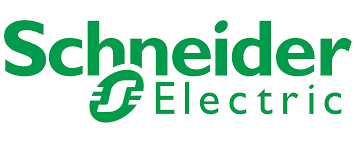


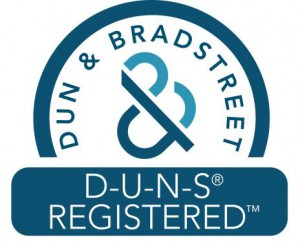
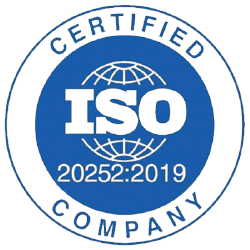
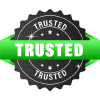



 Get Free Sample For
Get Free Sample For